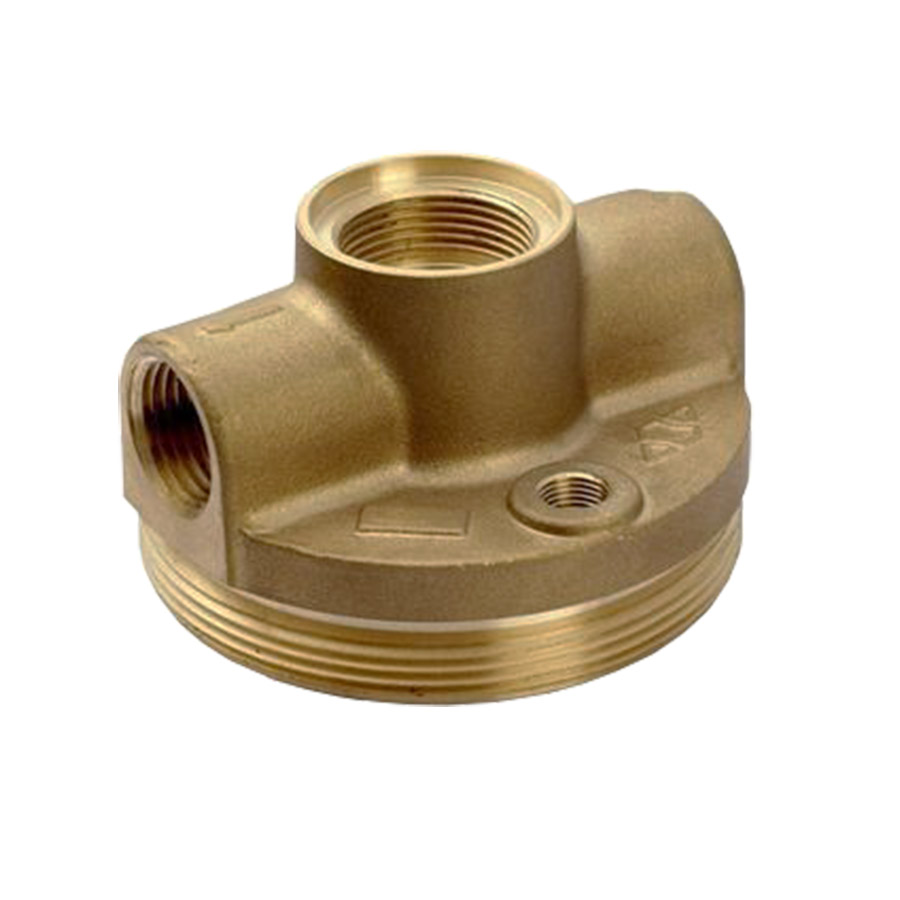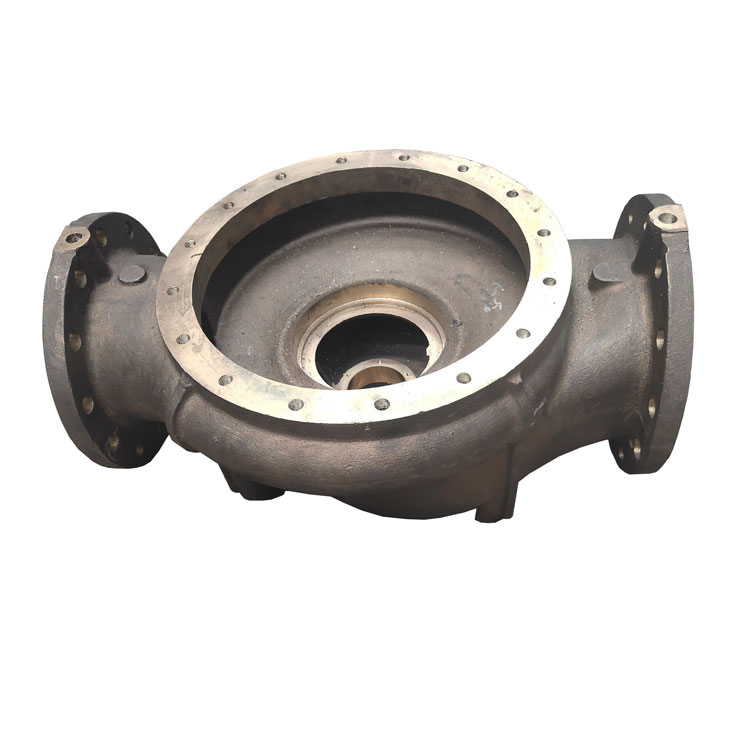Brass castings and bronze castings both are copper-based alloy castings which could be cast by investment casting and sand casting processes. Brass is an alloy composed of copper and zinc. Brass composed of copper and zinc is called ordinary brass. If it is a variety of alloys composed of more than two elements, it is called special brass. Brass is a copper alloy with zinc as the main element. As the zinc content increases, the strength and plasticity of the alloy increase significantly, but the mechanical properties will decrease significantly after exceeding 47%, so the zinc content of brass is less than 47%. In addition to zinc, cast brass often contains alloying elements such as silicon, manganese, aluminum, and lead.
What Brass and Bronze We Cast
• China Standard: H96, H85, H65, HPb63-3, HPb59-1, QSn6.5-0.1, QSn7-0.2
• USA Standard:C21000, C23000, C27000, C34500, C37710, C86500, C87600, C87400, C87800, C52100, C51100
• European Standard: CuZn5, CuZn15, CuZn35, CuZn36Pb3, CuZn40Pb2, CuSn10P1, CuSn5ZnPb, CuSn5Zn5Pb5
Casting brass has higher mechanical properties than bronze, but the price is lower than bronze. Cast brass is often used for general purpose bearing bushes, bushings, gears and other wear-resistant parts and valves and other corrosion-resistant parts. Brass has strong wear resistance. Brass is often used to make valves, water pipes, connecting pipes for internal and external air conditioners, and radiators.
Characteristics of Bronze Castings and Brass Castings
• Good fluidity, large shrinkage, small crystallization temperature range
• Prone to concentrated shrinkage
• Brass and bronze castings have good wear resistance and corrosion resistance
• The structural charateristics of brass and bronze castings are similar to steel casting
• The costs of brass castings and bronze castings are higher than that of iron and steel castings
 русский
русский







